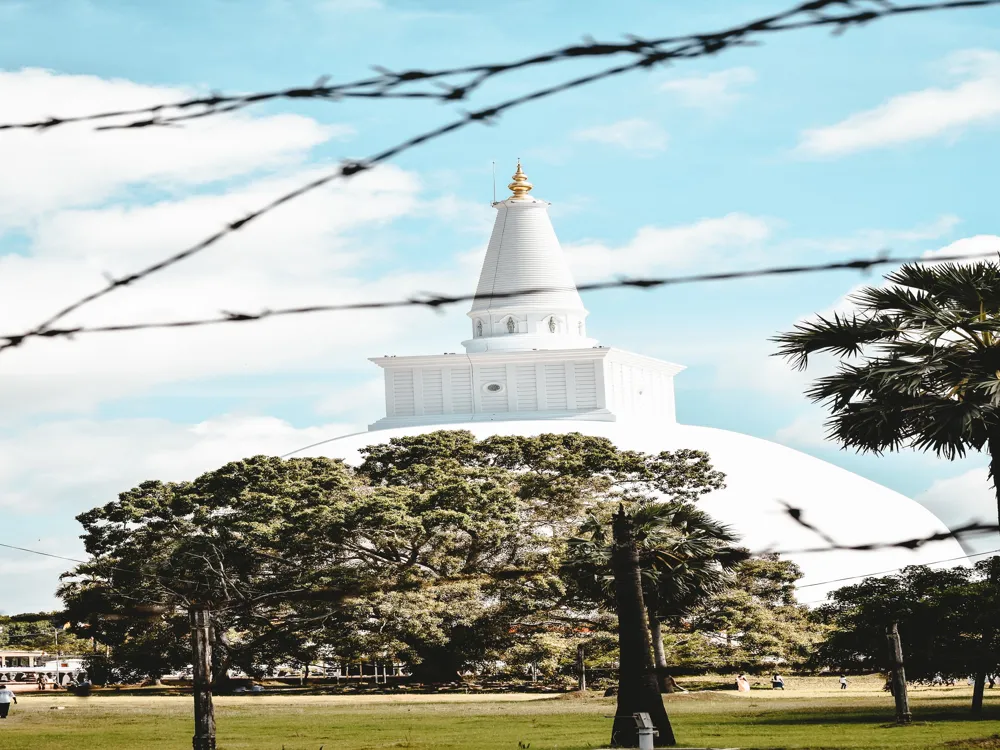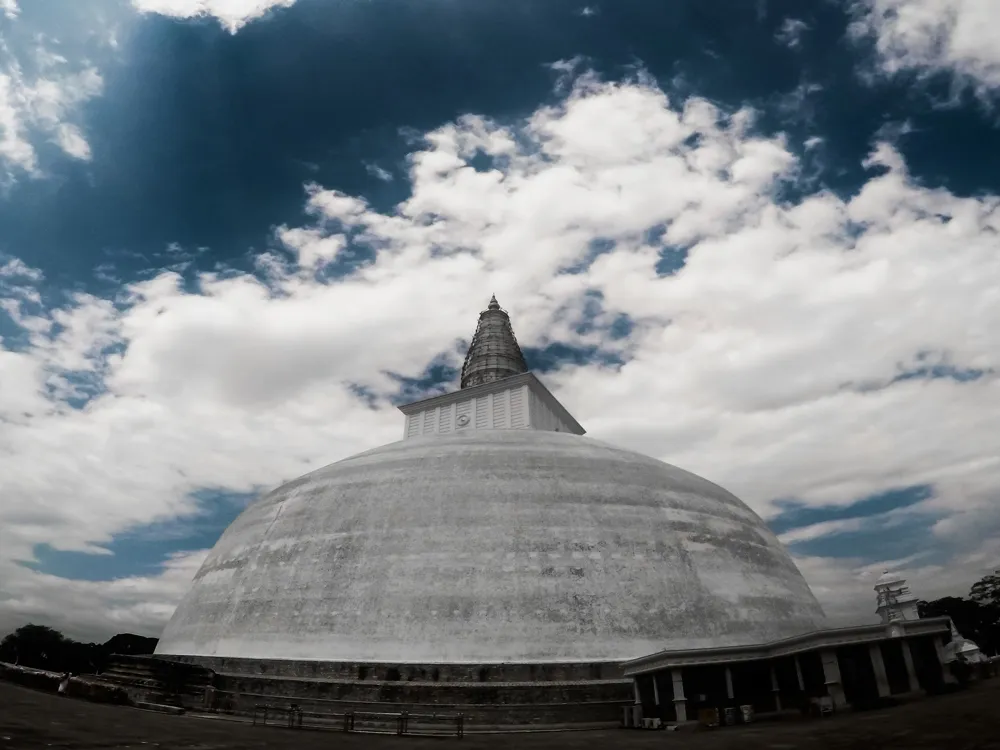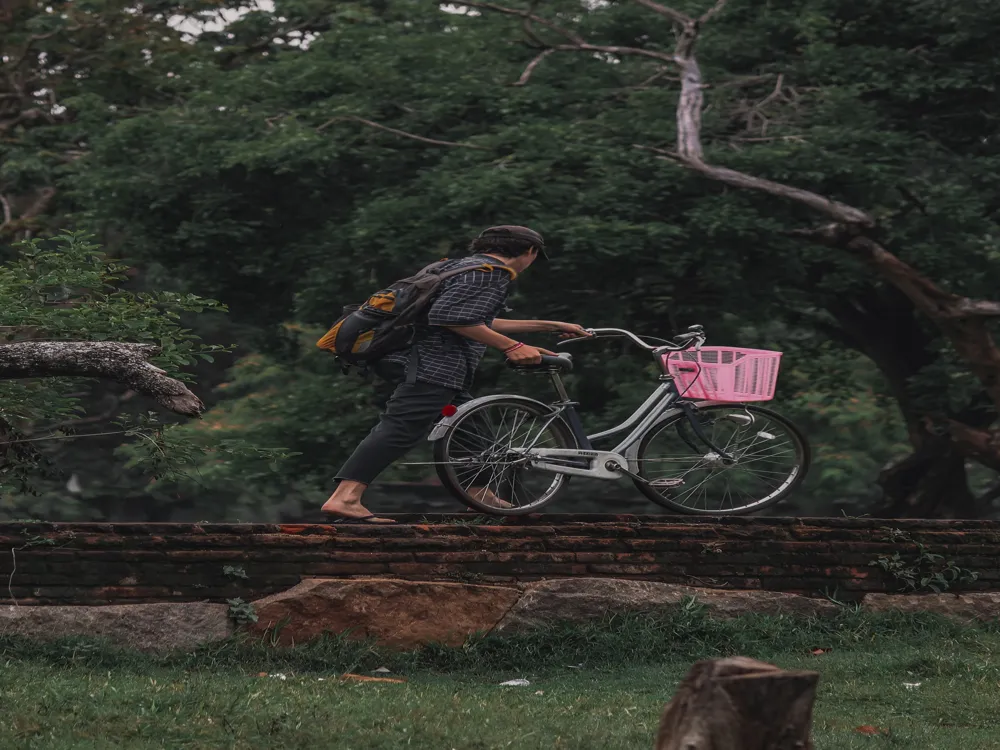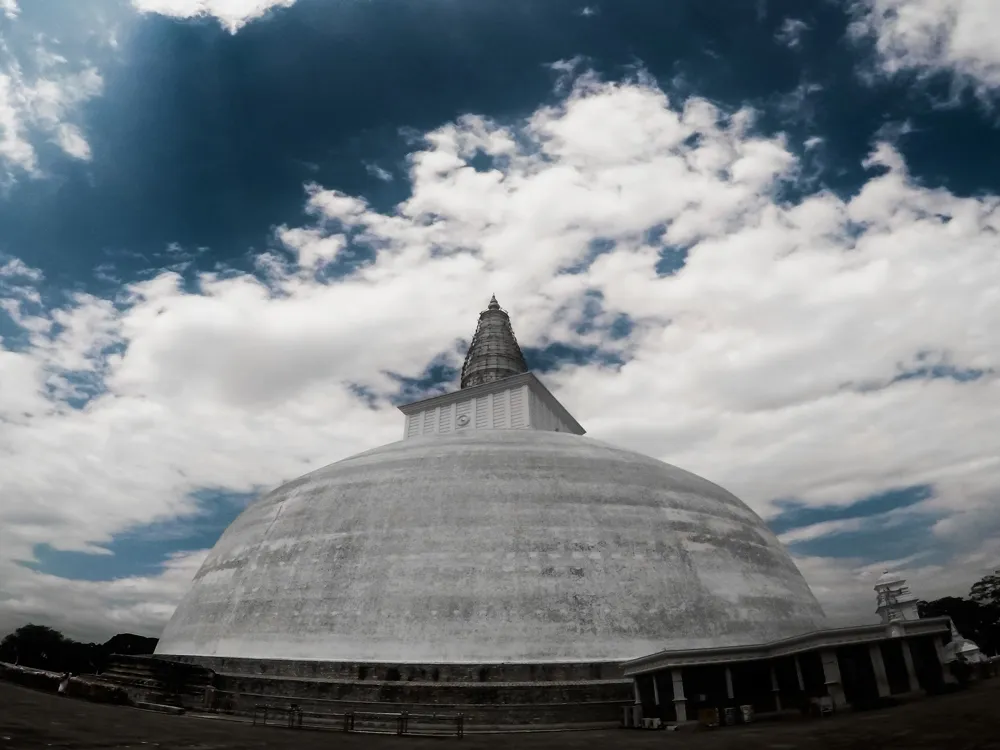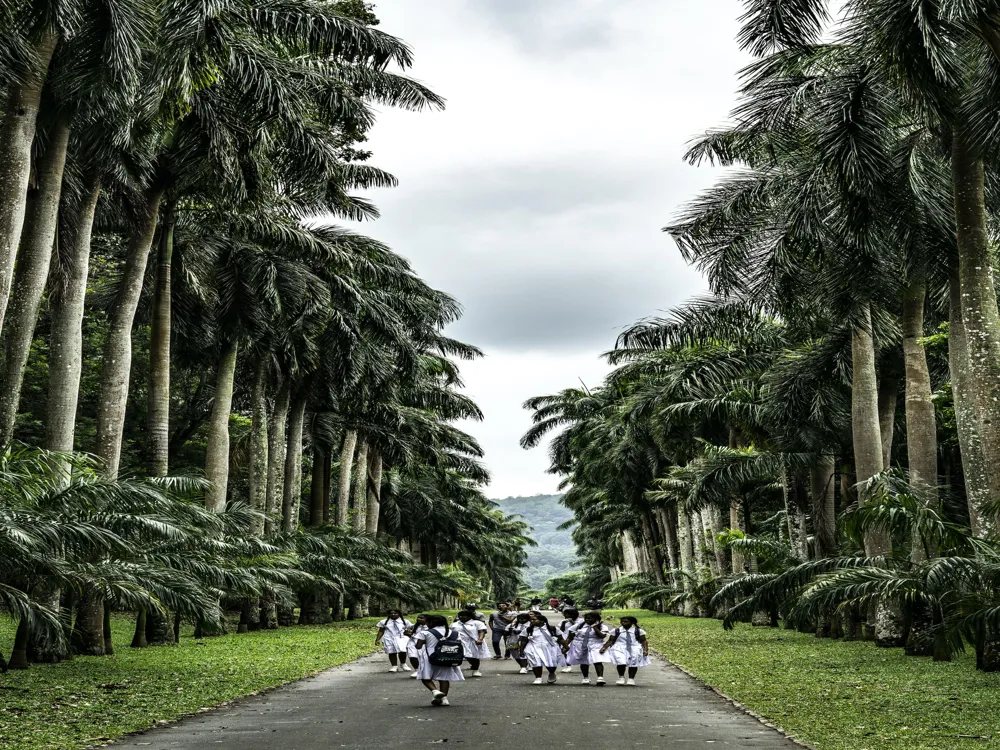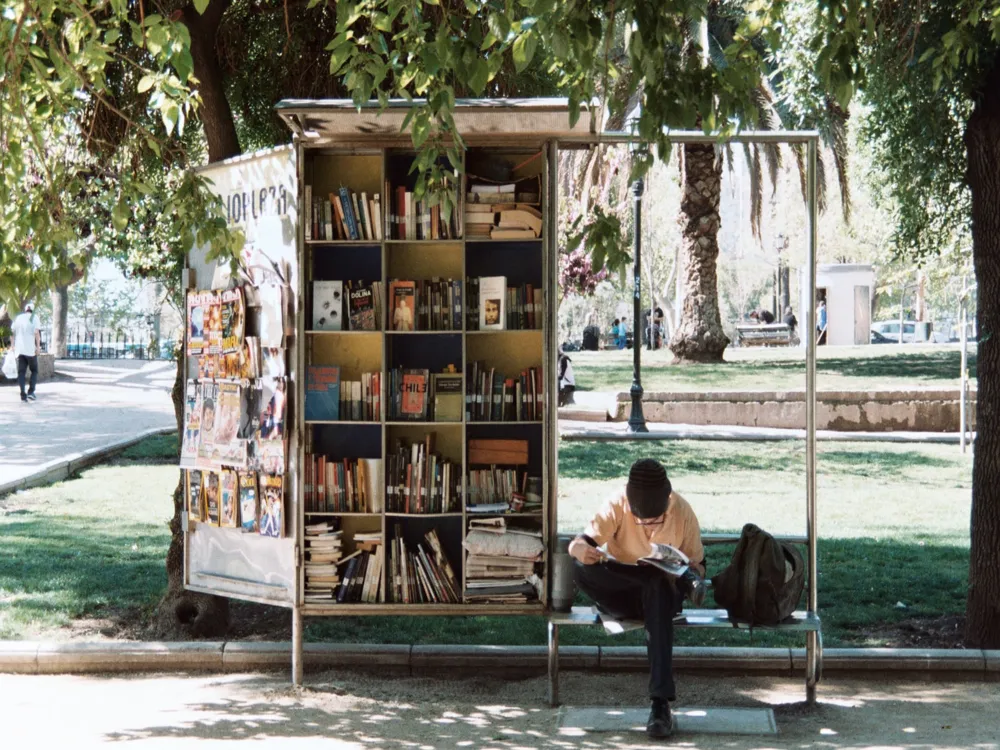The Ratnaprasada, a significant historical monument in Anuradhapura, Sri Lanka, stands as a testament to the city's rich cultural and architectural heritage. Anuradhapura, once a major center of Sri Lankan civilization, is replete with ancient ruins and structures that speak volumes of the past. The Ratnaprasada, or 'Gem Palace', is one of these remarkable edifices, embodying the grandeur of ancient Sri Lankan architecture and the ingenuity of its builders. Historical records suggest that the Ratnaprasada was constructed during the reign of King Kanittha Tissa (167-186 AD). Originally, it was part of the Maha Viharaya monastery complex, which was the epicenter of Theravada Buddhism in Sri Lanka. Over the centuries, the Ratnaprasada has withstood the test of time, surviving invasions, natural disasters, and the relentless march of time. Today, it stands as a proud relic of the past, offering a window into the sophisticated urban planning and architectural prowess of ancient Sri Lankan civilizations. The structure's name, 'Gem Palace', is derived from its supposed embellishment with precious stones and intricate carvings. While much of its original splendor has been lost to time, the remnants still capture the imagination, hinting at the opulence that once characterized this magnificent edifice. The Ratnaprasada, with its historical significance and architectural magnificence, continues to attract scholars, historians, and tourists from around the world, eager to glean insights into Sri Lanka's illustrious past. The architectural brilliance of the Ratnaprasada is evident in its layout, structural elements, and ornamental features. This ancient edifice was designed in accordance with the traditional architectural principles of ancient Sri Lanka, which emphasized harmony with nature, geometric perfection, and symbolic representation. The Ratnaprasada's design showcases a sophisticated understanding of engineering, aesthetics, and functionality, making it a remarkable example of ancient Sri Lankan architecture. The main structure of the Ratnaprasada was built using bricks and stones, materials commonly used in ancient Sri Lankan constructions. Its foundations were laid with precision, ensuring stability and endurance. The walls of the Ratnaprasada were adorned with intricate carvings and frescoes, depicting various religious and cultural themes. These artistic elements not only enhanced the aesthetic appeal of the building but also served as a medium for storytelling and spiritual expression. One of the most striking features of the Ratnaprasada is its unique roofing system. The roof was designed to withstand the heavy monsoon rains typical of the region while providing adequate ventilation and natural lighting. The use of tiered structures and elaborate drainage systems exemplifies the advanced engineering skills of the ancient builders. The Ratnaprasada's architectural design also reflects a deep understanding of the cosmological and religious beliefs of the time, with various elements symbolizing spiritual concepts and celestial phenomena. Consider visiting during the cooler months from November to March, when the weather is more conducive to exploring the outdoors. As a historic and cultural monument, visitors should show respect by dressing modestly and refraining from touching or damaging the structures. Opt for a guided tour to gain deeper insights into the history and architecture of the Ratnaprasada. Ratnaprasada of Anuradhapura is accessible via various modes of transportation. For international travelers, the nearest airport is the Bandaranaike International Airport in Colombo. From there, one can take a bus, train, or hire a taxi to Anuradhapura. The journey by road takes approximately 4-5 hours. Train travel offers a scenic route, albeit a longer journey, but it provides a unique glimpse into the rural landscapes of Sri Lanka. Once in Anuradhapura, local transportation options like tuk-tuks or bicycles can be used to reach the Ratnaprasada, which is situated within the main historical park of the city. Read More:Overview of Ratnaprasada of Anuradhapura
Architecture of Ratnaprasada
Tips When Visiting Ratnaprasada
Best Time to Visit
Respecting the Site
Guided Tours
How To Reach Ratnaprasada
Ratnaprasada
Anuradhapura
₹ 21,999 onwards
View anuradhapura Packages
Weather :
Tags : Historical Site
Timings : 24 hours
Planning a Trip? Ask Your Question
Anuradhapura Travel Packages
View All Packages For Anuradhapura
Top Hotel Collections for Anuradhapura

Private Pool

Luxury Hotels

5-Star Hotels

Pet Friendly
Top Hotels Near Anuradhapura
Other Top Ranking Places In Anuradhapura
View All Places To Visit In anuradhapura
Faq on Anuradhapura
What is Ratnaprasada in Anuradhapura?
Ratnaprasada, also known as the "Gem Palace," is one of the significant architectural and historical sites located in the ancient city of Anuradhapura, Sri Lanka. It was part of the Abhayagiri Monastic Complex, serving as a residence for Buddhist monks and a place for religious activities.
When was Ratnaprasada built?
The exact construction date of Ratnaprasada is not precisely documented, but it is believed to have been built during the Anuradhapura period, which spans from 377 BC to 1017 AD. The Abhayagiri Monastic Complex, to which it belonged, was established in the 1st century BC.
Who built Ratnaprasada?
Ratnaprasada was built as part of the Abhayagiri Vihara, which was established by King Valagamba (also known as Vattagamani Abhaya) after regaining his throne in 89 BC. The structure itself might have been commissioned by later kings who contributed to the expansion of the monastery.
Why is it called the "Gem Palace"?
The name "Ratnaprasada" translates to "Gem Palace," likely referring to its once magnificent and intricate decorations, possibly including the use of precious stones, detailed carvings, and elaborate architectural features that resembled a palace more than a monastic residence.
What are the main features of Ratnaprasada?
Although in ruins today, Ratnaprasada is notable for its tall brick walls and the remnants of what was once a beautifully crafted facade. Key features include the moonstone (a unique architectural element in Sri Lankan architecture) at the entrance, guard stones, and intricate carvings that have survived the test of time.
View anuradhapura Packages
Weather :
Tags : Historical Site
Timings : 24 hours
Planning a Trip? Ask Your Question
Anuradhapura Travel Packages
View All Packages For Anuradhapura
Top Hotel Collections for Anuradhapura

Private Pool

Luxury Hotels

5-Star Hotels

Pet Friendly
Top Hotels Near Anuradhapura
Other Top Ranking Places In Anuradhapura
Faq on Anuradhapura
What is Ratnaprasada in Anuradhapura?
Ratnaprasada, also known as the "Gem Palace," is one of the significant architectural and historical sites located in the ancient city of Anuradhapura, Sri Lanka. It was part of the Abhayagiri Monastic Complex, serving as a residence for Buddhist monks and a place for religious activities.
When was Ratnaprasada built?
The exact construction date of Ratnaprasada is not precisely documented, but it is believed to have been built during the Anuradhapura period, which spans from 377 BC to 1017 AD. The Abhayagiri Monastic Complex, to which it belonged, was established in the 1st century BC.
Who built Ratnaprasada?
Ratnaprasada was built as part of the Abhayagiri Vihara, which was established by King Valagamba (also known as Vattagamani Abhaya) after regaining his throne in 89 BC. The structure itself might have been commissioned by later kings who contributed to the expansion of the monastery.
Why is it called the "Gem Palace"?
The name "Ratnaprasada" translates to "Gem Palace," likely referring to its once magnificent and intricate decorations, possibly including the use of precious stones, detailed carvings, and elaborate architectural features that resembled a palace more than a monastic residence.
What are the main features of Ratnaprasada?
Although in ruins today, Ratnaprasada is notable for its tall brick walls and the remnants of what was once a beautifully crafted facade. Key features include the moonstone (a unique architectural element in Sri Lankan architecture) at the entrance, guard stones, and intricate carvings that have survived the test of time.







